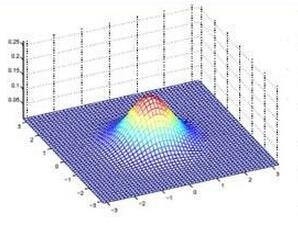It is shown, with two sets of indicators that separately load on two distinct factors, independent of one another conditional on the past, that if it is the case that at least one of the factors causally affects the other, then, in many settings, the process will converge to a factor model in which a single factor will suffice to capture the covariance structure among the indicators. Factor analysis with one wave of data can then not distinguish between factor models with a single factor versus those with two factors that are causally related. Therefore, unless causal relations between factors can be ruled out a priori, alleged empirical evidence from one-wave factor analysis for a single factor still leaves open the possibilities of a single factor or of two factors that causally affect one another. The implications for interpreting the factor structure of psychological scales, such as self-report scales for anxiety and depression, or for happiness and purpose, are discussed. The results are further illustrated through simulations to gain insight into the practical implications of the results in more realistic settings prior to the convergence of the processes. Some further generalizations to an arbitrary number of underlying factors are noted.
翻译:显示的是,用两组指标分别对两个不同的因素分别进行分别计算,不以过去为条件,如果至少有一个因素因果影响另一个因素,那么在许多情况下,这一过程将汇集到一个因素模型中,其中单一个因素将足以捕捉指标之间的共变结构;用一波数据进行乘数分析后,无法区分具有单一因素的因素模型与两个因素因果相关因素的因数模型。因此,除非可以先验地排除各种因素之间的因果关系,否则,一个因素的一波因数分析的所谓实证证据仍然使单一因素或两个因素相互因果影响的可能性打开。讨论了解释心理尺度因素结构的影响,如焦虑和抑郁的自我报告尺度,或幸福和目的的自我报告尺度。通过模拟进一步说明结果,以便在进程趋同之前的更现实环境中深入了解结果的实际影响。注意到对一些任意因素的一些进一步概括。




